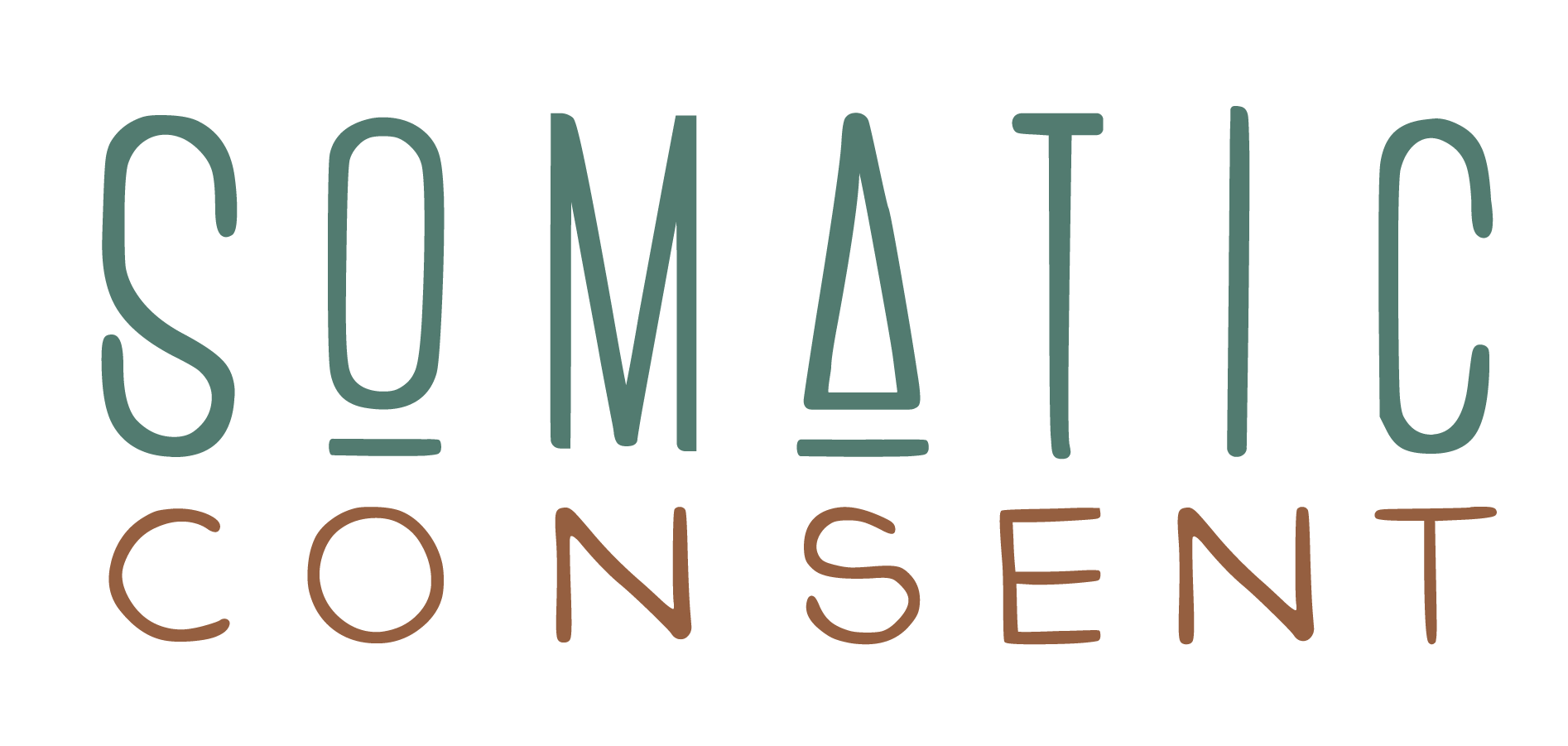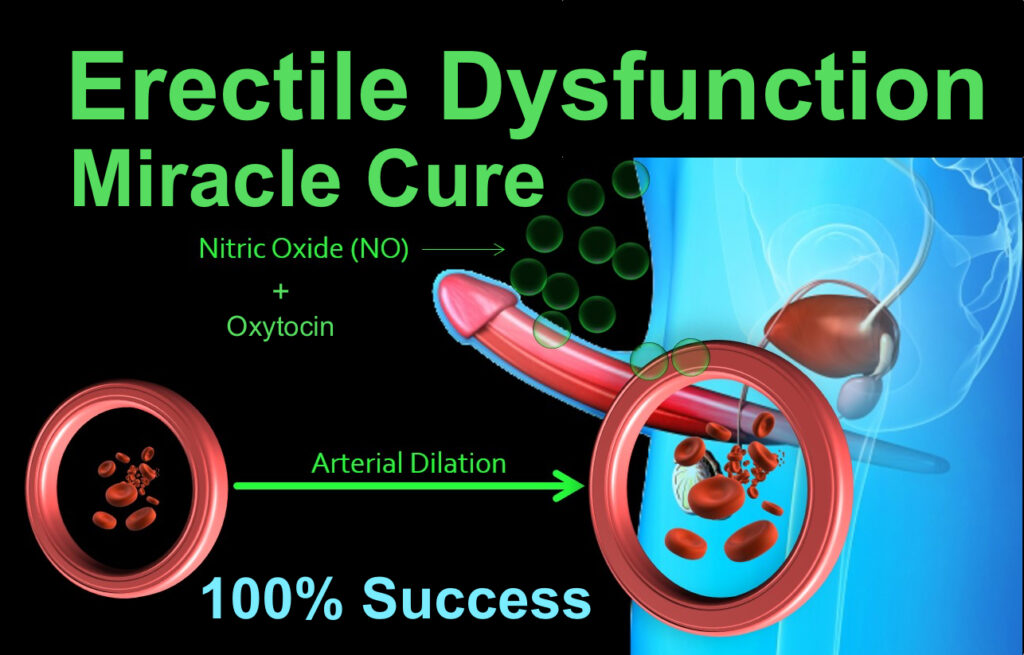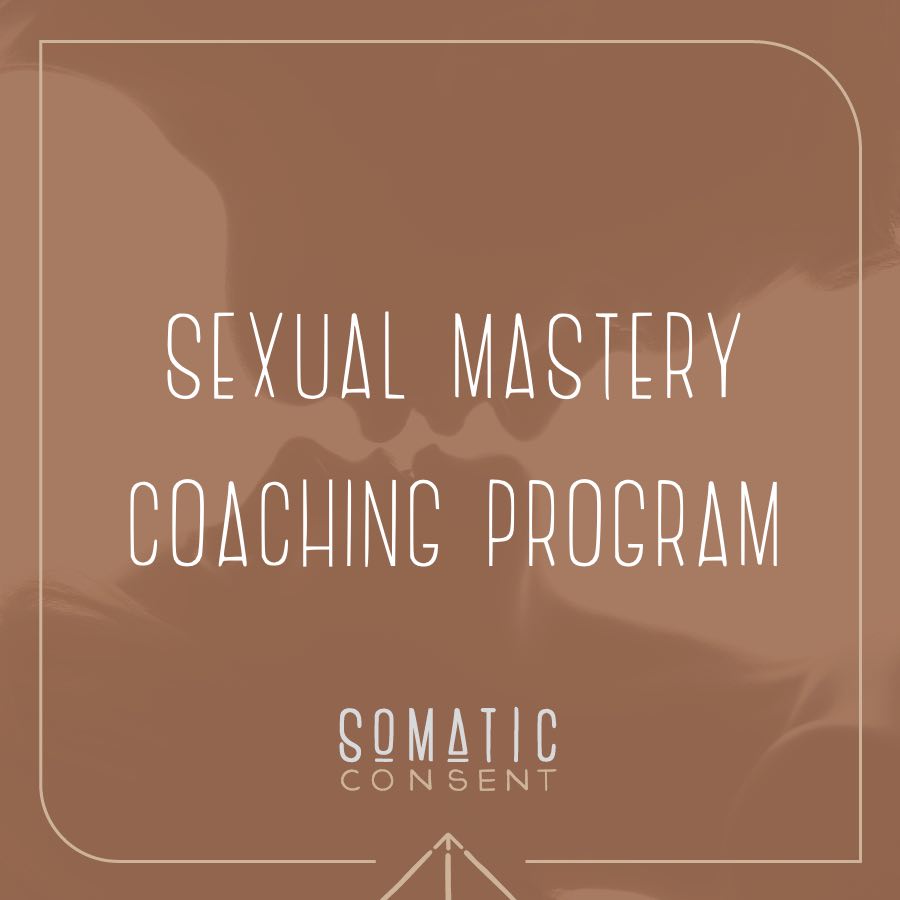1.2 The two functions of the somatic body; Motor nerves for action & sensory nerves to feel with
Motor nerves for action and sensory nerves to feel with
The motor cortex sends impulses from your brain to your muscles so that you go into an action towards something.
Examples could be picking up a glass, scratching your back or putting a key in a lock.
The sensory cortex receives information from nerve endings on your skin. It registers pleasure, pain, vibration, pressure, temperature, texture and fine tactile form. It tells you where on your body you are being touched, in what way and how intensely.
How do they work together?
The sensory cortex sends impulses to the emotional touch system, which is completely separate and located in the posterior insula within your brain.
This part gives the different kinds of touch their particular emotional tone.
Based on your personal conditioning and past experience, your brain either emphasises information coming in through touch, or diminishes it—because it blends the raw data with your present emotional state. It decides whether this information is safe or not.
What is somatic function in relation to touch?
Watch the following video for an introduction to the sensory inflow, as your Base of connection to self
The magic is in your hands
Your hands have more nerve endings than anywhere else on your body, other than your mouth and your genitals. They have a huge number of nerve fibres and therefore a huge number of brain cells dedicated to taking information in.
This means your hands are capable of a high degree of specificity and noticing, as well as sensing an astounding degree of pleasure.
We often notice very little about their hands.
When you pick up an object it’s because you want to do something with it or to it right? Your focus is most likely on your action, how to use the object or the effect your hands have on the object.
This means most of us have just forgotten how to notice the inflow of sensations from our skin.
It’s the same when we go into action to touch another person
We tend to focus on the effect our touch has on them, on their reaction to our touch—instead of the sensations being relayed to us via our own nervous system.
When you touch, your action is either;
-
For your benefit or pleasure
-
For the other person’s benefit or pleasure
This means that to do one, you have to fully stop doing the other
In order to be in pleasure for ourselves we have to stop being in action for the other person’s pleasure. Of course they can exist simultaneously, but we have to temporarily stop doing one in order to find and explore the other.
Once you stop being in automatic action for others, you’re able to find the deepest layers of your own pleasure.
Inner Reflection
TAKE A MOMENT TO CONSIDER YOUR HANDS
What kind of relationship do you have with them?
How much attention do you pay to the actions your hands make as you go about your day?
USE THE NOTES BUTTON TO RECORD YOUR RESPONSES




